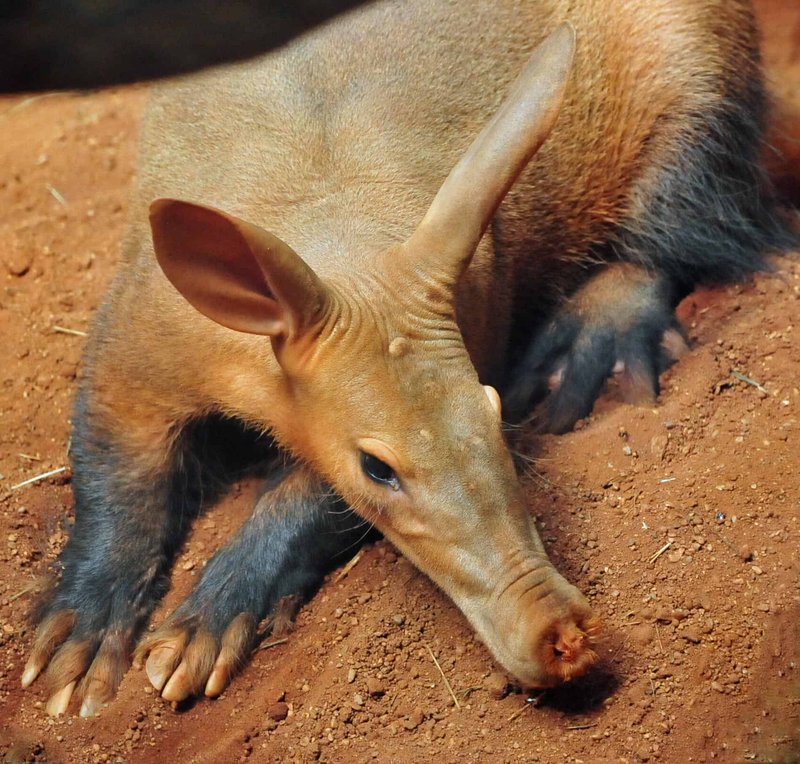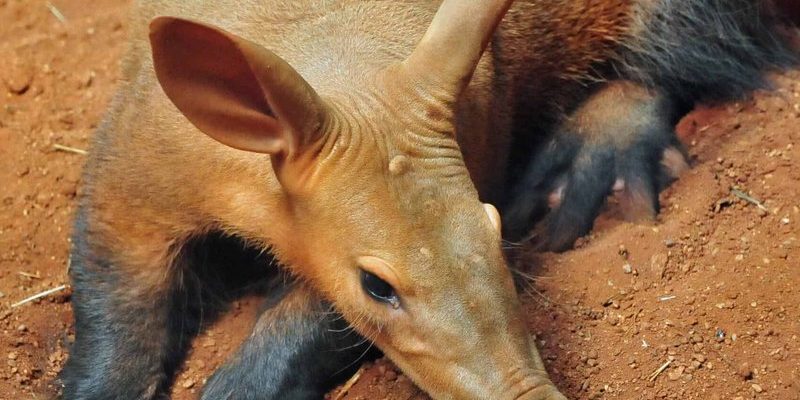
Imagine curling up with a good book filled with stories of animals. You’d expect to find lions, foxes, or maybe even dolphins, but an aardvark? That’s the charm of cultural representations—they can surprise us! From folklore to modern media, the aardvark’s unique traits have led to some interesting interpretations. You might wonder, how do these whimsical touchpoints shape our understanding of the aardvark?
The Aardvark in African Folklore
In many African cultures, the aardvark holds a special place in folklore. Often seen as a symbol of wisdom and resourcefulness, it shows up in various tales that teach moral lessons. For instance, some stories depict the aardvark as a clever character who outsmarts predators or finds food, showcasing its traits like perseverance and wit.
One of the most charming aspects of these tales is how they reflect the relationship between humans and nature. The aardvark, often portrayed as a humble forager, reminds us of the importance of living in harmony with the environment. You might hear stories where it learns valuable lessons from other animals, emphasizing that intelligence comes in many forms.
These traditional narratives can be found in different languages and regions across Africa. They often serve to entertain audiences while passing down cultural values and history. Don’t you love how stories can connect us across generations and cultures?
Literary Representations of Aardvarks
The aardvark has also made its mark in literature, where it often appears as a whimsical or comical character. If you’ve ever read children’s books, you might recognize the aardvark from the famous “Arthur” series. Here, he’s portrayed as an inquisitive and somewhat goofy character, making him relatable to kids. This representation emphasizes qualities like curiosity and kindness.
Other authors use the aardvark as a way to symbolize other themes, like alienation or uniqueness. Its unusual look makes it the perfect vehicle for exploring feelings of being different or out of place. For example, an aardvark character might struggle to fit in, but ultimately find its own niche, much like many of us do in life.
These literary portrayals not only entertain but also serve as a springboard for discussions about self-acceptance and understanding diversity. Can you think of a book where an aardvark left a lasting impression on you?
The Aardvark in Modern Media
In modern media, aardvarks are often depicted in animated shows or children’s programming. Their quirky designs make them a hit among young audiences, often being used to inject humor into storylines. For instance, shows like “The Backyardigans” feature aardvark characters that go on imaginative adventures, teaching children lessons about friendship and creativity.
What’s interesting is how these representations, while playful, can shape perceptions of the aardvark. Kids who grow up watching these characters often form a positive view of these animals, associating them with fun and positivity. It’s a reminder of how powerful media can be in influencing our ideas about the world around us.
Moreover, you might find aardvarks popping up as mascots for various environmental causes. Their status as unique and lesser-known animals often helps in raising awareness about biodiversity and conservation. Who knew an aardvark could be such a champion for the environment?
Aardvarks in Artwork and Symbolism
Art is another medium where aardvarks have found representation, often serving as a symbol of different themes. Artists might use the aardvark to convey messages about the importance of digging deeper—both literally, in the aardvark’s feeding habits, and metaphorically, in seeking knowledge.
In indigenous African art, the aardvark might be depicted in traditional motifs, symbolizing connection to the land and its resources. Its unique form lends itself well to abstract representations, making it a visually striking subject for paintings and sculptures.
When you look closely, you can see how these artistic representations reflect the traits of aardvarks—adaptability, resilience, and a sense of curiosity about the world. It invites viewers to ponder these qualities in themselves, blurring the lines between animal and human experiences.
Aardvarks may not be the most celebrated animals in folklore or media, but their unique representations carry significant cultural weight. From African folklore to children’s literature, they’ve become symbols of wisdom, resilience, and individuality.
These stories and depictions invite us to reflect on our connections with nature and each other. They remind us that even the least likely characters can hold lessons about life, acceptance, and the environment. So, the next time you hear about an aardvark, remember it’s not just another funny animal—it’s a cultural icon with stories that span generations and continents.
In a world where stories shape perceptions, the aardvark stands as a testament to the beauty of diversity—both in nature and in the tales we tell. What a delightful way to honor such an unexpected creature, don’t you think?

